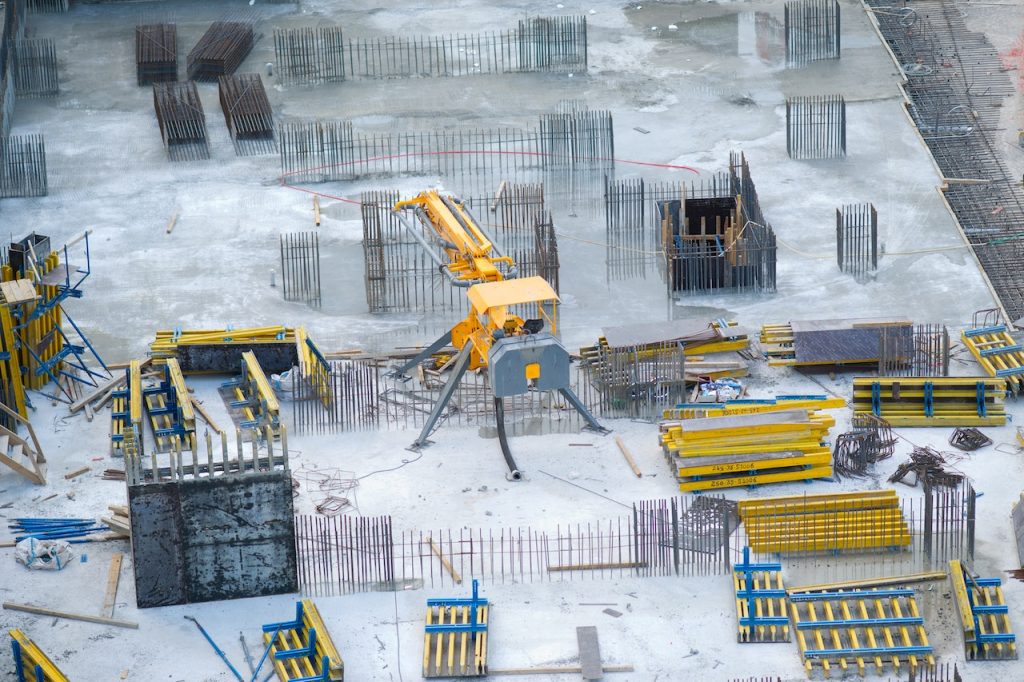Due to their adaptability and lifting capacities, telehandlers, also known as telescopic handlers or tile lifters, have emerged as essential tools in a variety of sectors. These strong machines were first created for agricultural purposes, but they have expanded through time to accommodate a variety of applications in building, landscaping, material handling, and other fields. We shall examine the characteristics, advantages, and uses of telehandlers in this article, emphasising their significance in contemporary industries.
What is a Telehandler?
A telehandler is a multi-functional piece of machinery that combines the features of a forklift and a crane. It is equipped with a telescopic boom that can extend forward and upward, providing excellent reach and lifting capabilities. The boom can be fitted with various attachments, such as forks, buckets, and grapples, making telehandlers highly adaptable for different tasks.
Versatility in Applications
One of the primary advantages of telehandlers is their versatility. They are extensively used in a variety of industries and applications, making them a valuable asset on job sites. In construction, telehandlers are employed for tasks like lifting and placing building materials, manoeuvring in tight spaces, and accessing elevated areas. In agriculture, they aid in loading and unloading crops, stacking hay bales, and general farm maintenance. These machines are also popular in warehouses, industrial facilities, and event setups, where their adaptability ensures increased productivity and efficiency.
Lifting Capacity and Height
Telehandlers boast impressive lifting capacities, ranging from a few thousand pounds to over ten thousand pounds, depending on the model and manufacturer. Their lifting height can reach up to 60 feet or more, allowing them to handle materials and loads at significant heights. This makes telehandlers suitable for a wide array of tasks that involve heavy lifting and accessing hard-to-reach areas.
Manoeuvrability and Compact Design
Despite their robust lifting capabilities, telehandlers are designed to be highly manoeuvrable, making them suitable for jobs in confined spaces. They are equipped with four-wheel steering, enabling them to navigate through tight corners and narrow pathways with ease. Additionally, their compact design ensures they can work efficiently in areas where larger cranes or forklifts might face limitations.
Safety Features
Telehandlers are built with safety in mind. They are equipped with features like load-sensing systems that prevent overloading, stabilizers for better balance during lifting operations, and operator cabins with excellent visibility for increased awareness on the job site. These safety features not only protect the operator but also prevent accidents and damage to the machine and the surrounding environment.
Time and Cost Savings
By using telehandlers, businesses can experience significant time and cost savings. The versatility of these machines eliminates the need for multiple specialized equipments, reducing the overall expenses associated with equipment acquisition and maintenance. Moreover, telehandlers’ ability to reach elevated areas and lift heavy loads expedites tasks, enhancing productivity and project completion times.
Conclusion
Telehandlers have completely changed a number of industries because to their exceptional lifting power and adaptability. These flexible devices have proven useful in a variety of industries, including agriculture, warehousing, and construction. Due to its safety features, manoeuvrability, and time-saving benefits, telehandlers have become essential tools for modern enterprises. As technology progresses, we could expect even more improvements to telehandler functionality and design, which will increase their efficiency and expand their influence on the construction and material handling industries in the future.








